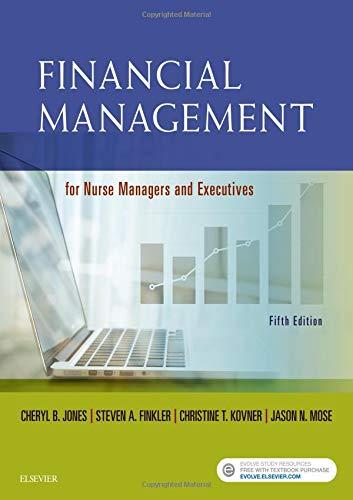Please read the case study carefully and then use the knowledge you have acquired during your study of this module to a) HS2 decision. Evaluate the evidence for making a decision either to proceed or not proceed with the Herun b) What does the case tell us about the processes of strategic decision making in light of the discussion in chapter 9 of the set text (ie Clegg, Theory and Practice second edition)
Please read the case study carefully and then use the knowledge you have acquired during yout study of this module to a) Evaluate the evidence for making a decision either to proceed or not proceed with the H52 decision. b) What does the case tell us about the processes of strategic decision making in light of the discussion in chapter 9 of the set text (ie Clegg. Theory and Practice second edition) A panei of academic experts subsequently told the Treasury select committee that the KAMPC report owerstated the HS2"s regional economic behefits by sia to eight times. Dan Graham. Professor of statistical modelling at imperial College London, told the comimittee of MPs: ? don't think the statistical work is reliable', The findings were widely cited by the governme including in its new strategic case document, yet used a procedure that was "esserntially in UP', sccording Henry Overman, Professor of economic geography at LSE. It scems eritics every reason to be sceptical about the evidence being presented. THE WIDER PICTURE There are few relevant studies that can provide statistically significant evidence of e performance in transport infrastructure projects. But one that does is by Flywbjerg The sample used is the largest of its kind, covering 258 projects in 20 nations wor approximately US $90 billion (at 1995 prices). The findings from the study were a in Figure 9.3 below. Figure 9.3 It shows call project incur the highest diflenence between estimated and actual costs, no less than 44.7% on average. Fased on the evalable evidence it serms raif projects are particularly prone to cost escalation, followed by fixed linis such as bridgess and tunnels, Road projects seem to suffer this relatively less, although actual costs are stil higher than forocast codts much more often than not. Fywbjerg and his colloagues then subdivided rall projects into high-speed rail (the study included MS1, the Channel Tunnel Pail Link), urban rail and conventional rail, finding that high-speed raik tops the list of cost escalation at on average 52%, followed by urben fait at 45% and conventional rall at 30\%. According to Ricard Anguera's 2006 study, "the Eritish economy would have been better off had the tunnel never been constructed?" For all three project types, the evidence shows that it is sound advice for policy and decision-makers as well as investors, takeholders, media and the public to take any estimate of construction costs with a pinch of alt, and especially for rail projects and fixed links. Be wary of long torm estimates like these. Cost encalanon end benchit shortalla Corr pertormance has not imorovod over time. The tendency for costs to escalate foday is the same as ir was 10,30 or 70 ywart 290 if our ablity to estimate and fotecast the cosse of infedsucture projects has improved over time, thi does not thow in the dase in ouver nords. no one seems to have iearht from past experienco. decision making process? For example, emvironmentalots" desure to safeguard the natural envirenment demands that roads or ralways are butied in expenswe tuanels tather than abone ground. The historical pepiod that Flybjerg draws his data from goes bock, long enough to include projects from before prossure groups could wiekt influonce over decrsion-makng and costs. Then, as now, cost estimates were as inaccurate and cost escalation as large. Costs shrunk er inflated to order Another explanation is that cost underestimations and escalations are intentional. They are part of power games played by project promoters and consultants aimed at getting projects startid. Cost underestimation is used strategically to make projects appear less expensive than they really are in order to gain approval from decision. makers. Such behaviour best explains why cost escalations are so consistent over time, space and project type, as Flybjerg and Martin Wacts have described extersively. Turn over-. Dne of the reasons that the evidence is so easily contested is due to its nature. The data resented in the Strategic Case for HS2 is predominantly predictive. How are we to know in 20 ars' time what the expected rail demand will be? Or how commuters will behave? The idence is a forecast which leaves it open to much critucism and debate. Those campargning for the project need to accept that their data will be questioned and look at other way to justify HS2. It is unlikely that soeneone whose horne must be destroyed to make way for the now high-speed network th goting to be sympintietic to evidence that suggests latge cres will benefit by bilions of pounds. Perhaps a new approach to justifying these targe transport infrastructure projects is needed











